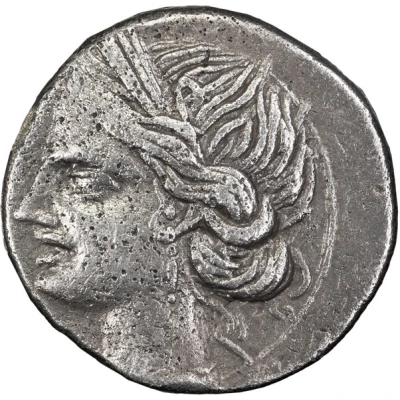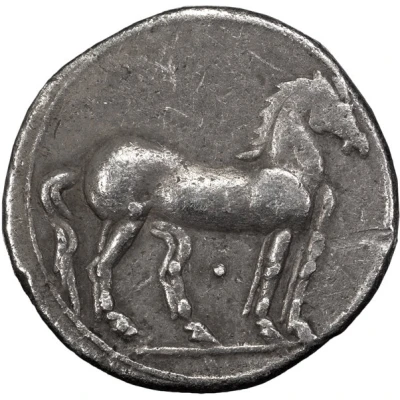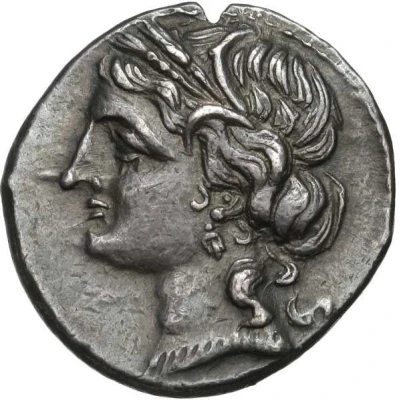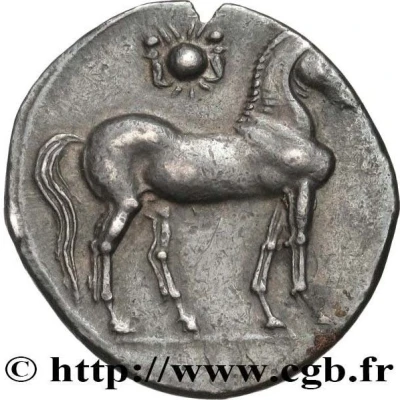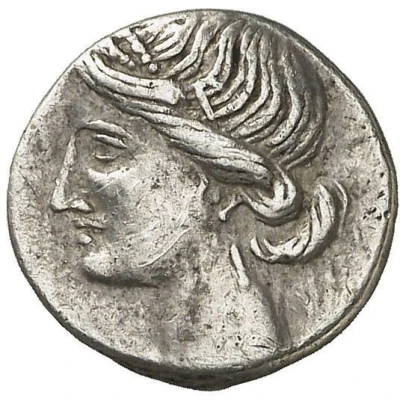
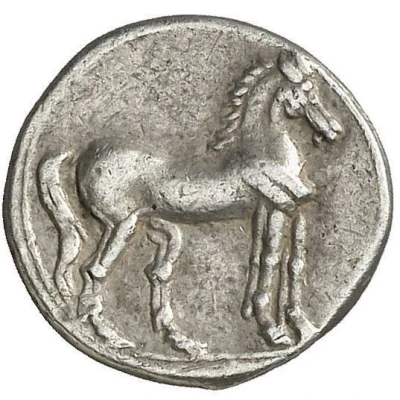

© Aureo & Calicó S.L., subastas numismáticas
¼ Shekel 220 BC - 210 BC
| Silver | 1.91 g | 15 mm |
| Issuer | Carthage (Zeugitana) |
|---|---|
| Type | Standard circulation coin |
| Years | 220 BC - 210 BC |
| Value | ¼ Shekel |
| Currency | Shekel |
| Composition | Silver |
| Weight | 1.91 g |
| Diameter | 15 mm |
| Shape | Round (irregular) |
| Technique | Hammered |
| Demonetized | Yes |
| Updated | 2024-10-09 |
| Numista | N#332980 |
|---|---|
| Rarity index | 100% |
Reverse
Horse standing right.
Interesting fact
The ¼ Shekel coin from Carthage (Zeugitana) was used as a form of currency during the period of Carthaginian rule in North Africa, specifically in what is now modern-day Tunisia. The coin features an image of a horse on one side and a palm tree on the other, which symbolized the rich agricultural and trade heritage of the region. The use of silver in the coin's composition also signified the value and wealth of the Carthaginian empire at the time.
